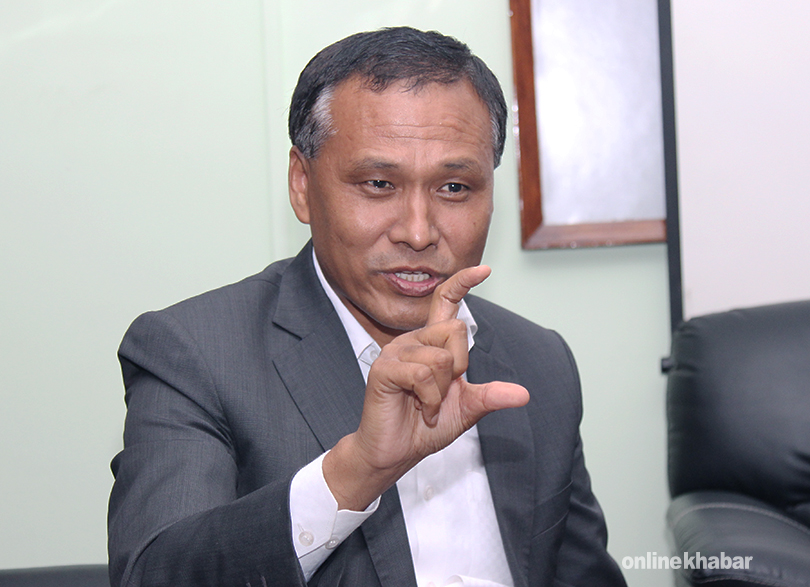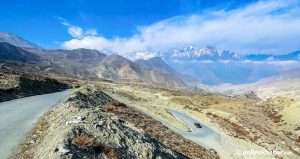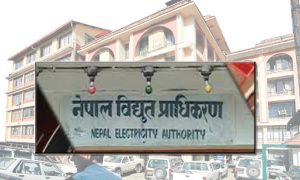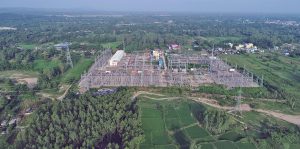
Kathmandu, January 1
From Saturday midnight, Nepal started importing an additional 40 MW electricity from India. With this, energy import from India has reached 340 MW.
Some days ago, Nepal Electricity Authority had signed an agreement on the import of 80 MW from India, as part of its attempts to make the Kathmandu Valley load-shedding-free. Of this, India started supplying 40 MW from Saturday midnight through the Muzaffarpur-Dhalkebar intercountry transmission line.
Kul Man Ghising, NEA executive director, told Onlinekhabar Nepal will start importing 40 MW from February 13. With this, total electricity import from India will reach 380 MW, he said.
Ghising said: Some people are saying that Nepal is about to import 600 MW from India, which is untrue. With the import of 40 MW starting in January, the total amount of electricity imported from India has reached 340 MW.
NEA has not enforced load-shedding in the valley since Tihar. It said it will not unveil a power outage schedule this year.
Discharge in rivers is decreasing and this has reduced power generation through mega projects like Kaligandaki. Despite dwindling power generation, the demand for electricity will soar because electricity consumption goes up during the winter.
In this scenario, NEA is likely to find it hard to meet burgeoning demand for energy. Around this time of the year, NEA operates the reservoir-based Kulekhani project in a desperate bid to bridge the demand-supply gap. NEA has resorted to importing energy from India, knowing full well that electricity generated from Kulekhani will not be enough to meet the increasing demand.
Energy insecurity and import
- Nepal, according to NEA boss Kul Man Ghising, is currently importing 340 MW from India
- This includes 40 MW that the country started importing from Saturday. Nepal will import additional 40 MW from February, taking the total energy import from India to 380 MW
- Claims that Nepal is importing 600 MW from India are untrue, says Ghising
- During the winter, energy generation goes down while the demand for electricity soars
- NEA operates the reservoir-based Kulekhani hydro during the winter. But energy from the project is not enough to meet the burgeoning demand























